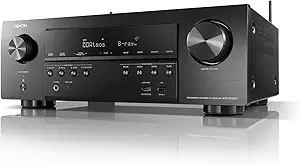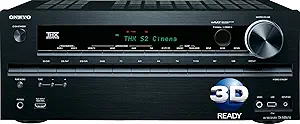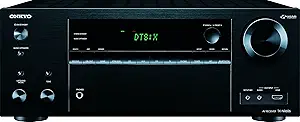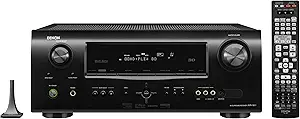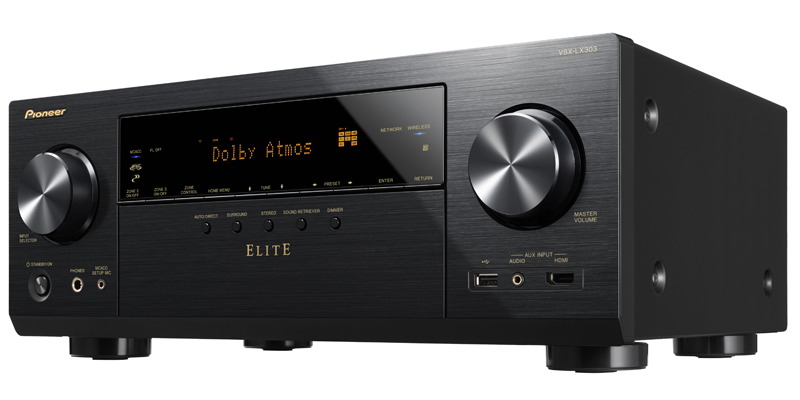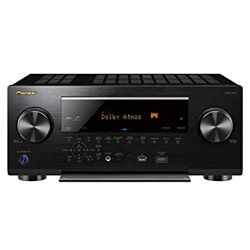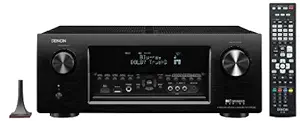Onkyo TX-NR575 VS
Denon AVR-X1500H

- Brand - Onkyo
- Updated_at - 2024-02-02 04:43:37
- USB - 1
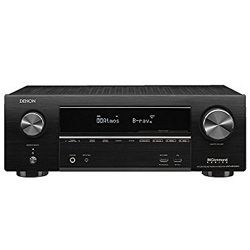
- Brand - Denon
- Updated_at - 2023-12-18 19:07:23
- USB - 1
Pros & Cons
Onkyo TX-NR575
VSPros
- The sound is detailed and with a good transfer of nuances, especially in movies.
- Support for 3D audio formats, skipping video signals of modern standards.
- Extensive networking and multi-room equipment.
- The GUI is well-designed – it looks good and the performance level is high. It doesn’t lag or stutter.
Cons
- Zone 2 has certain limitations.
- You need to connect the HDMI of DirecTV with the TV.
- The output signal issues – sometimes you don’t get any video or audio.
Denon AVR-X1500H
VSPros
- The output sound quality is high. No voice latency.
- The sound is crystal clear and has plenty of power.
- Build quality is great. It's a heavy unit.
- The cooling system is great – it does not overheat after a long period of using.
Cons
- Some users find the on-screen interface outdated. It also works quite slowly.
Specifications
Groups
| Specification | Onkyo TX-NR575 | Denon AVR-X1500H |
|---|---|---|
| Functions | ||
| Network Audio Player | ||
| Internet Radio | ||
| Digital Player | ||
| Power Device | ||
| Standby Power Consumption | 0.1 W | 0.5 W |
| Operational Power Consumption | 600 W | 430 W |
| Built-in Decoders | ||
| Dts:x | ||
| Dolby True Hd | ||
| Dolby Surround | ||
| Dolby Digital Plus | ||
| Dolby Atmos | ||
| Connectivity Interfaces | ||
| Wi-fi | ||
| Bluetooth | ||
| Ieee 802.3u | ||
| Ieee 802.3 | ||
| Connector Type | ||
| Optical Digital Inputs | 2 | 2 |
| Phones | 1 | 1 |
| Av Inputs | 2 | 6 |
| Usb | 1 | 1 |
| Subwoofer Outputs | 2 | 2 |
| Coaxial Digital Outputs | has not | has not |
| Optical Digital Outputs | has not | has not |
| Hdmi Outputs | 1 | 1 |
| Hdmi Inputs | 6 | 6 |
| Coaxial Digital Inputs | 1 | 1 |
| Additional Features | ||
| Three-zone Capability | ||
| Smartphone Remote Control | ||
| A-b Speaker Switch | ||
| Dual-zone Capability | ||
| Pure Direct Mode | ||
| Auto Power Off | ||
| Bi-amplifying | ||
| Audio Return Channel (arc) | ||
| Apple Air-play Support | ||
| Advanced Sound Retriever (asr) Technology | ||
| Audio Formats | ||
| Wma | ||
| Wav | ||
| Mp3 | ||
| Flac | ||
| Apple Lossless | ||
| Aiff | ||
| Aac | ||
| Clock | ||
| Sleep Timer | ||
| Built-in Clock | ||
| Built-in Display | ||
| Colour | black | black |
| Type | fluorescent | fluorescent |
| Signal Processing | ||
| Upscaling Via Hdmi | ||
| 3d Pass-through | ||
| Video Conversion/scaling | HDMI to HDMI scaling | |
| Hdmi Pass-through | up to 4K | up to 4K |
| Radio | ||
| Preset Station | 40 | 56 |
| Tuner Bands | AM/FM | AM/FM |
| Tuner Type | digital | digital |
| Amplifier | ||
| Total Harmonic Distortion | 0.08 % | 0.08 % |
| Frequency Response | 20 Hz-20 kHz | 20 Hz-20 kHz |
| Output Impedance Per Channel | 4 Ohm | 8 Ohm |
| Output Power Per Channel | 80 W | 80 W |
| Total Output Power | 610 W | 560 W |
| Sound Features | ||
| Digital Content Protection | HDCP 2.2 | HDCP 2.2 |
| Surround System Class | 7.2 channel | 7.2 channel |
| Surround Sound Effects | Theater-Dimensional Virtual Surround | Dolby Surround |
| Audio D/a Converter | 32bit / 192kHz | 24bit / 192kHz |
| Media Content Source | ||
| Usb-host | ||
| Network | ||
| Bluetooth | ||
| Dimensions | ||
| Dimensions | 14.9 x 17.1 x 6.8 inches | 13.3 x 17.1 x 5.9 inches |
| General | ||
| Brand | Onkyo | Denon |

